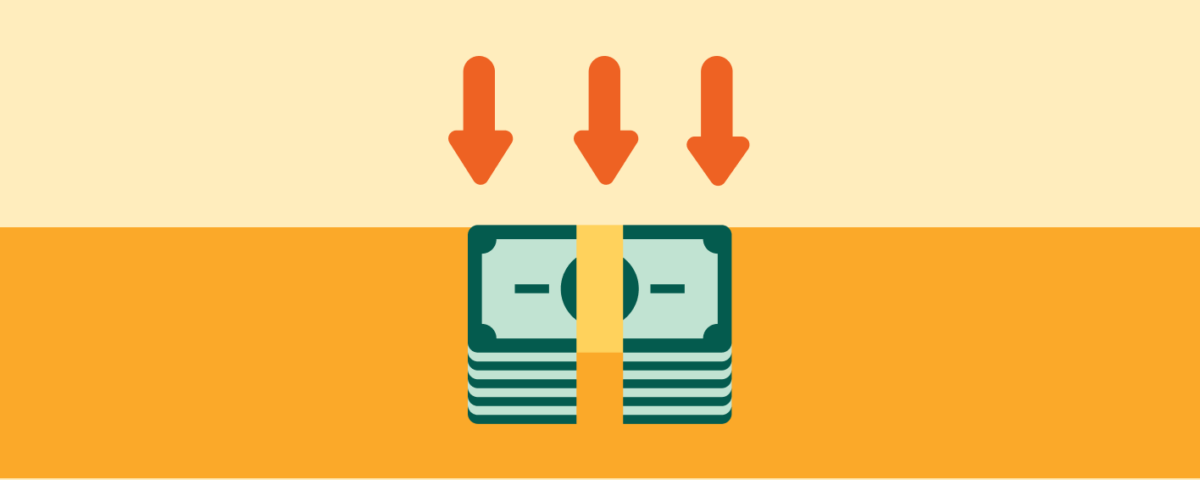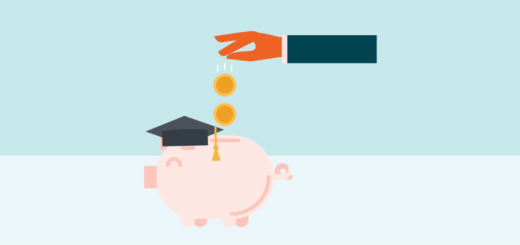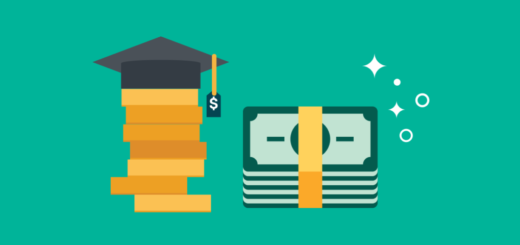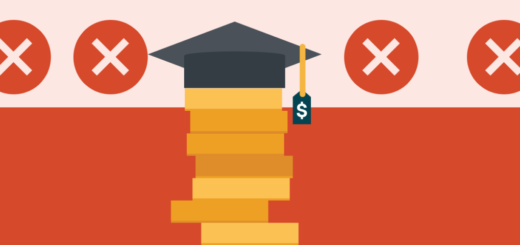What Is a Direct Consolidation Loan?
Our goal is to give you the tools and confidence you need to improve your finances. Although we receive compensation from our partner lenders, whom we will always identify, all opinions are our own. Credible Operations, Inc. NMLS # 1681276, is referred to here as “Credible.”
Many college students leave school with multiple student loans — typically eight to 12, depending on the program. Managing this many loans can be overwhelming, but thankfully, there are strategies that could help simplify your repayment.
For example, if you have federal student loans, you could consolidate them into a Direct Consolidation Loan. This process will leave you with just one loan and payment to keep track of.
Here’s what you should know about Direct Consolidation Loans:
What is a Direct Consolidation Loan?
You can consolidate multiple federal student loans into a Direct Consolidation Loan, which will leave you with just one monthly payment to keep track of.
If you’re thinking about consolidating your federal student loans, here are a few important points to consider:
- Interest rate: Your interest rate on a Direct Consolidation Loan will be the weighted average of the rates on the loans you want to consolidate, rounded up by one-eighth of a percent. If some of your loans have high interest rates, you could end up paying much more in interest.
- Repayment schedule: With a Direct Consolidation Loan, you can extend your loan repayment term up to 30 years, which could greatly reduce your monthly payments. Just keep in mind that you’ll pay more interest over time with a longer term.
- Loan balances: Any outstanding interest on your loans will be added to your principal balance when you consolidate. This means you could end up paying interest on a higher balance than you started with.
Learn More: Private Student Loan Consolidation
How to apply for a Direct Consolidation Loan
If you decide to consolidate your federal student loans, follow these four steps:
1. Review your loans
Before starting the application process, you’ll need to decide which loans you’d like to include in the consolidation. You can review your federal loans through the National Student Loan Data System (NSLDS).
- Subsidized Federal Stafford Loans
- Unsubsidized and Nonsubsidized Federal Stafford Loans
- PLUS loans from the Federal Family Education Loan (FFEL) Program
- Supplemental Loans for Students
- Federal Perkins Loans
- Nursing Student Loans
- Nurse Faculty Loans
- Health Education Assistance Loans
- Health Professions Student Loans
- Loans for Disadvantaged Students
- Direct Subsidized Loans
- Direct Unsubsidized Loans
- Direct PLUS Loans
- FFEL Consolidation Loans and Direct Consolidation Loans (only under certain conditions)
- Federal Insured Student Loans
- Guaranteed Student Loans
- National Direct Student Loans
- National Defense Student Loans
- Parent Loans for Undergraduate Students
- Auxiliary Loans to Assist Students
2. Gather your documents
To fill out the application, you’ll need a Federal Student Aid (FSA) ID. If you don’t have an FSA ID, you can set one up at StudentAid.gov — you’ll just need a mobile phone number, email address, and your Social Security number.
- Personal information, such as your address and phone number
- Financial information, such as your employer and income
- Information regarding each of the loans you’d like to consolidate, such as the servicer and estimated payoff amount
3. Complete the application
Once you’ve gathered your information, you’ll need to fill out the Direct Consolidation Loan application. Completing the application usually takes about 30 minutes.
4. Manage your payments
It typically takes 30 to 45 days to complete the consolidation. During this time, be sure to keep up with all of your loan payments.
Afterward, begin making payments on your new Direct Consolidation Loan. You might consider signing up for autopay to avoid missing any payments in the future — many servicers offer a rate discount to borrowers who opt for automatic payments.
Check Out: What Happens When You Default on a Student Loan
Pros of a Direct Consolidation Loan
While consolidating federal loans with a Direct Consolidation Loan could be a good move for some borrowers, it isn’t the right choice for everyone.
Here are a few potential benefits to consider as you weigh your options:
- Could lower your payments: With a Direct Consolidation Loan, you can extend your repayment term up to 30 years. This could reduce your monthly payments and lessen the strain on your budget — though remember that this also means you’ll pay more in interest over time.
- Combine multiple loans: A Direct Consolidation Loan allows you to combine your federal student loans, which can help simplify repayment.
- Might make you eligible for loan forgiveness: If you have Direct PLUS Loans, consolidating them will make you eligible for income-driven repayment (IDR). This could also qualify you for federal student loan forgiveness programs, such as Public Service Loan Forgiveness (PSLF).
Learn More: Best Parent Student Loans: Choosing Private or PLUS Loans
Cons of a Direct Consolidation Loan
And here are some possible drawbacks to keep in mind:
- Higher interest costs: If you opt to extend your repayment term with a Direct Consolidation Loan, your overall loan cost will likely increase due to the added interest charges. Additionally, any unpaid interest will be added to your principal balance after you consolidate — meaning you could end up paying interest on a higher loan amount.
- Will reset forgiveness timeline: Consolidating your loans resets the clock when it comes to getting approved for programs like PSLF. If you’ve already made qualifying payments, they’ll no longer count toward the 10 years of payments required by PSLF.
- Could lose your grace period: Most federal loans come with a six-month grace period. If you consolidate your loans before this grace period is over, you’ll have to start making payments within 60 days of the consolidation being processed.
Check Out: How to Refinance Your Student Loans
Is it better to refinance or consolidate student loans?
Whether it’s better to privately refinance or federally consolidate your student loans will depend on your individual circumstances and financial goals. Depending on your credit, student loan refinancing might get you a lower interest rate, which could save you money on interest and potentially help you pay off your loans faster.
Because of this, consolidation could be a better choice in some cases, especially if you expect to repay your loans over a long period of time.
If you decide to refinance your student loans, be sure to consider as many lenders as possible to find the right loan for you. Credible makes this easy — you can compare your prequalified rates from multiple lenders in two minutes.
See Your Refinancing Options
Credible is 100% free!
Direct Consolidation Loans: Frequently asked questions
Here are the answers to a few commonly asked questions regarding Direct Consolidation Loans:
How long does it take for a Direct Consolidation Loan to pay off old loans?
Once you submit an application for a Direct Consolidation Loan, it will usually take 30 to 45 days for it to be processed and your old loans to be paid off. You can generally expect to begin making payments on the new Direct Consolidation Loan within two months of this.
What is the interest rate on a Direct Consolidation Loan?
Your interest rate on a Direct Consolidation Loan will be the weighted average of the rates on the loans you choose to consolidate, rounded up to the nearest one-eighth of 1%.
Can you cancel a Direct Consolidation Loan?
Yes, if your application to consolidate your loans hasn’t been processed, you can cancel it. To do so, you’ll need to contact the servicer that received the application.
However, if your application has already been processed and the funds have been disbursed, you won’t be able to cancel the new loan.
Keep Reading: Student Loan Consolidation vs. Student Loan Refinancing




